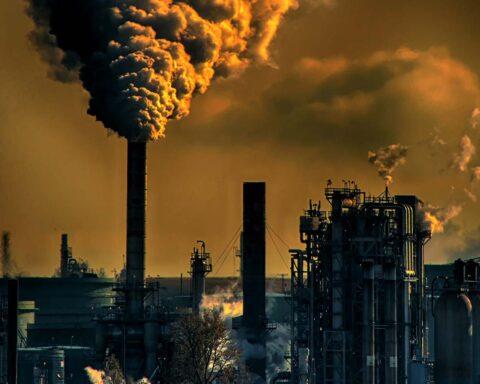The government’s abortive attempt to introduce market-oriented reforms in the farm sector in the face of stiff opposition from farmers in 2020-21 has only served to highlight the crisis that has overtaken agriculture in India. But those who have the biggest stake in farming rejected them.
While the government claimed that the new laws would double farmers’ incomes, the latter contended that it would only hit the producer and endanger the country’s food security by dismantling regulated markets. The issue ended with the government being forced to scrap the three farm laws. But neither side had answers to the main problem—how to increase food production while ensuring adequate income for farmers, particularly the small farmers who form the bulk of the country’s farming community.
The last time agriculture achieved a quantum jump was more than half a century ago when the Green Revolution rescued India from the humiliating dependence on imports to meet severe food shortages—it was called ship-to-mouth existence. High-yielding varieties, extensive use of fertilisers and expansion of irrigation networks powered the hike in food grain production from 83 million tonnes in 1962-63 to 200 million tonnes in 2003-04. But, like all good stories, the Green Revolution too began to falter as some of its troubling effects began to surface: a falling water table, land degradation and GHG (greenhouse gas) emissions. Worse, growth that climbed vertically in the initial two to three decades began to plateau despite higher quantities of inputs. The population, in the meantime, continued to burgeon, meaning more mouths to feed.
Many suggested a second Green Revolution as a way out. A paper published in January 2022 in the Reserve Bank of India bulletin suggested that it should be driven by technology and soil enrichment by fertilisers. According to this view, mechanisation and land consolidation were all that was needed to increase productivity.


























